Why iOS is better than Android: comparing mobile OS
With each new release, the two most popular mobile platforms are becoming more and more like each other. Simple borrowing and creative processing of the achievements of an opponent have long been embarrassing neither Google nor Apple. Nevertheless, both the iOS operating system and Android have a large number of ardent supporters, many of whom, however, will not be able to immediately name the advantages of “their” OS.
It is worth trying to figure out why one OS is fundamentally better than another. Consider the features of Android and iOS, let's leave the advantages and disadvantages of specific devices overboard. Today, all attention to the "apple" operating system. How does it stand out against the background of Android? Does she have enough arguments to attract supporters of the "green robot"?
1.App Store. As much as Google strives to catch up with Apple in terms of the number of quality applications, the App Store remains the most pleasant catalog of programs so far. It's not that there are more apps available for iOS - in terms of the number of Apple's mobile catalog, on the contrary, it lags behind Google. We are talking about the quality of the store in general and software in particular.
Apple is pretty strict about content that developers want to put on the online store. Thanks to this, the App Store does not have a wild amount of "junk" and outright malware. Almost all mobile viruses today reside on Android gadgets. Of course, not all of them are distributed through Google Play, but these are questions for the application distribution system itself in different operating systems.
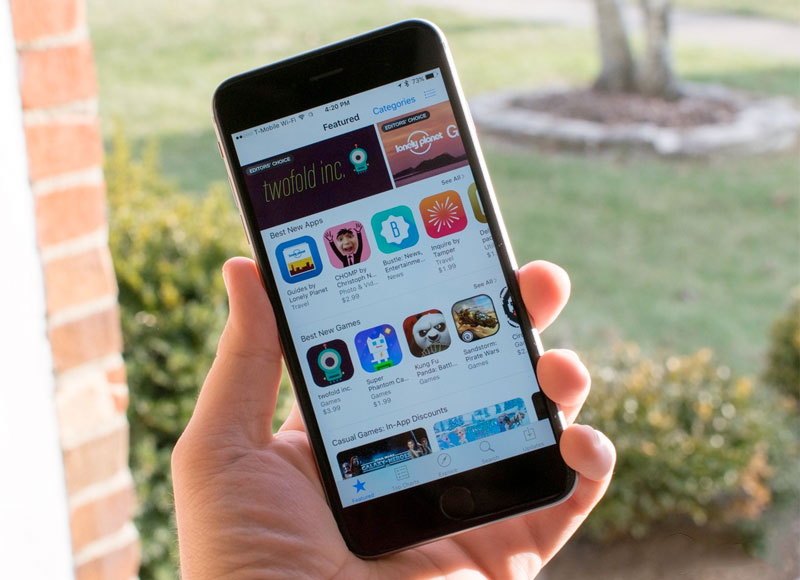
In addition, it just so happened that a similar program for iOS and Android can seriously differ in quality. Most owners of Android devices faced this problem. In addition, many programs are primarily released specifically for iOS.
No matter how Google's supporters defend its mobile platform, the fact remains: if you need the latest programs, the most functional, stable and convenient, iOS is still unrivaled.
2. Convenience and ease of development. Hardened owners of Android phones are sure that there is nothing simpler than "combines" under the control of a "green robot". Like, whoever cannot deal with him in five minutes is a fool. Maybe so, but there is no escape from reality - it is easier for children and the elderly to figure out the iOS menu structure than to delve into the wilds of Android.
One hardware button and no main, context and other menus. No extra keys for you, no going back a step or, what good, a menu with additional functions. For an advanced user, all these arguments are unlikely to be relevant, but for those who are just starting to master smartphones, getting to know Apple's brainchild is easier and faster.
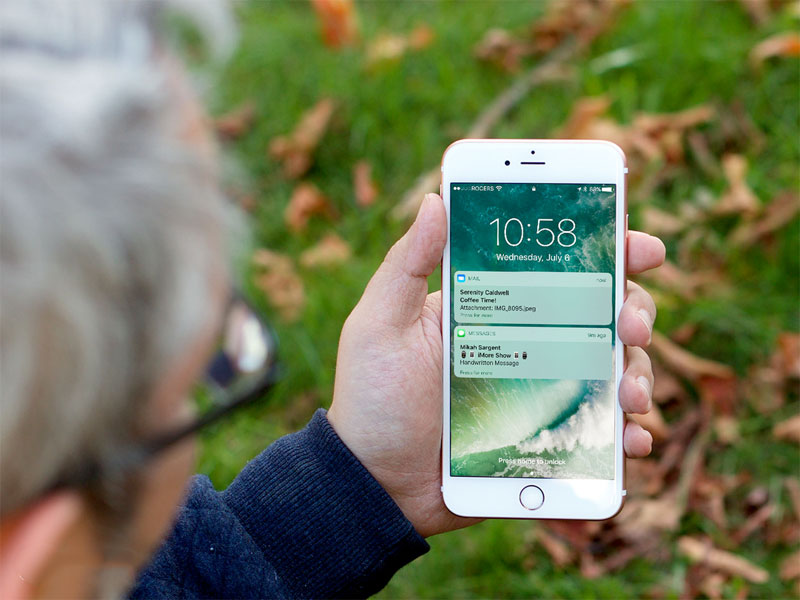
There is, however, one "but". As they approach each other, both systems adopt both positive and negative features from each other. The latest version of iOS "pleased" users with a number of errors, complicated settings and unstable work. Simplification of the Android interface is solved through the use of third-party shells. Nevertheless, for the time being, in terms of ease of development out of the box, the platform from Apple surpasses its competitor.
3. Support for new OS versions. A weighty and one of the most serious advantages of iOS is that the new version of the OS can be installed even on smartphones that came out three or four years ago. Unaffordable luxury for Android!
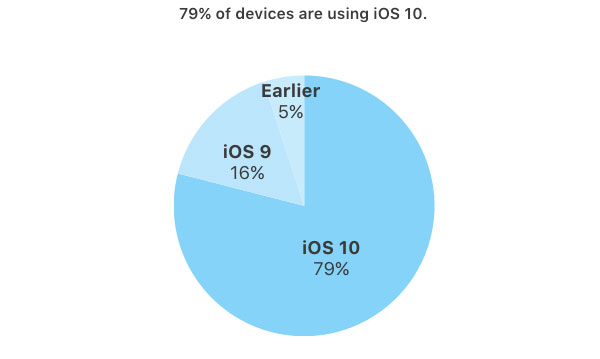
Even the Nexus line, for which updates are released most quickly, cannot boast such a long support. What can we say about countless manufacturers, including top vendors, who are in no hurry to transfer both budget and flagship models to the current version of the OS.
At this point, about 80% of all existing "apple" devices are running iOS 10. Only 16% of devices remain on iOS 9 and only 5% use earlier versions of this platform.
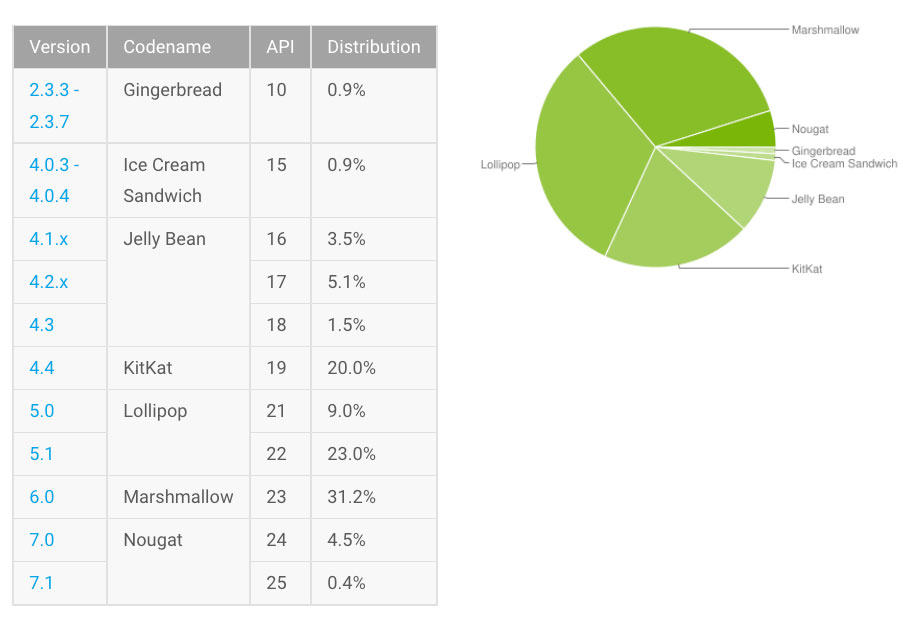
Compare with the mess in the camp of Android. A little less than 8 months after the release, the current version of Nougat is installed on less than 5% of smartphones and tablets. The previous Marshmallow is used by 31% of users and the same number by the even older Lollipop. Every tenth device still hobbles on a Jelly Bean of the 2012 model (the times of the iPhone 5).
4. No extra pre-installed software. Three browsers, two third-party app stores, an antivirus, a non-working support service, a few useless readers, one of the many Office with a 10-day subscription, five primitive games, Chinese social network clients and, without fail, a memory cleaner. All this heap of unnecessary and often hard-to-remove junk has long become an integral attribute of many tablets and smartphones on Android, especially the budget and middle segments.
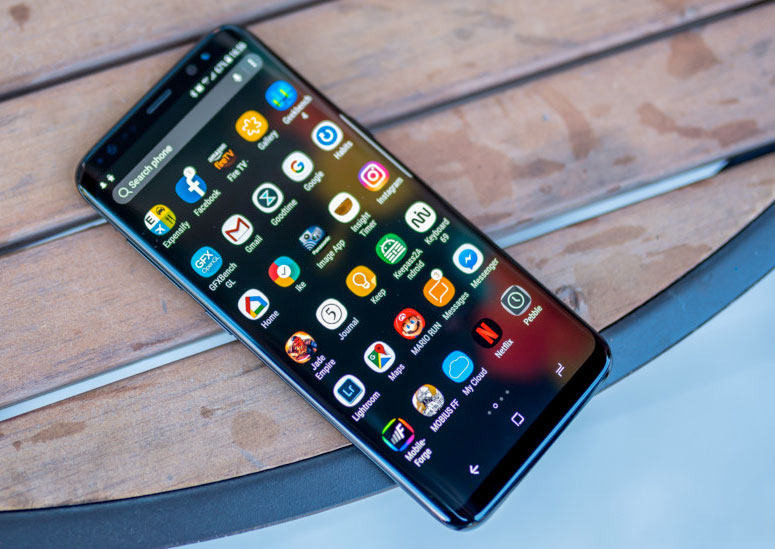
Some manufacturers seem to be trying to compensate for the lack of their own shell, clogging the device drive with an insane amount of "garbage" software. In iOS - only the necessary minimum of applications, the extra ones can be easily removed from the desktop. For everything else, welcome to the App Store. And it is right. Let the user decide for himself how to occupy the free space of the built-in memory, and not shovel through forums and file collapses to get root rights.
5. Soft "goodies". Despite mutual borrowing, functional advantages remain in the arsenal of iOS and Android. The same 3D Touch features that allow you to call your favorite contact in just one click or add a photo to Instagram or VKontakte are a very convenient thing.
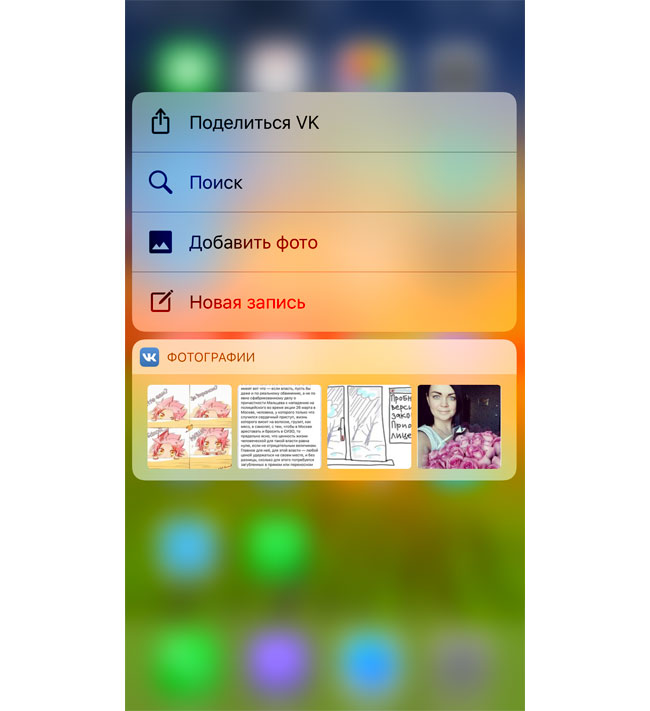
Signs of the extremely useful Continuity feature can also be found in Android, but it is Apple that has so far been the most successful in implementing the ability to continue working in programs when switching from iOS devices to a computer and vice versa. You can fully experience the possibilities in the latest generation OS. Started writing email on a Mac? You can add it to your iPhone somewhere along the way. And this applies not only to mail, but also to other built-in applications - Safari, Pages, Numbers, Keynote, Maps, Reminders and Calendar. You can receive calls on your iPad even if your iPhone is in another room. You can also receive and send SMS via a tablet or computer.
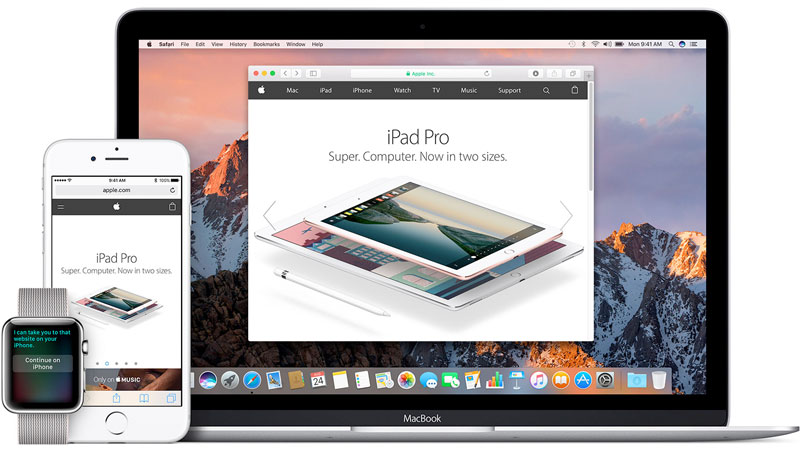
The AirDrop feature allows Apple device owners to share content with a couple of taps. A sort of analogue of a Bluetooth connection, only simplified, with a higher speed and without unnecessary gestures with searching, entering passwords and other indecencies.
With AirPlay, you can play content from one iOS device to another. Again, it all works with just a few taps, without third-party apps and tambourines around DLNA-compatible devices.
Of course, everything listed in this paragraph is, to one degree or another, implemented in Android. However, for this you will have to tinker with the settings, third-party programs and utilities, spend a lot of time and effort. And not the fact that in the end something workable will turn out.
